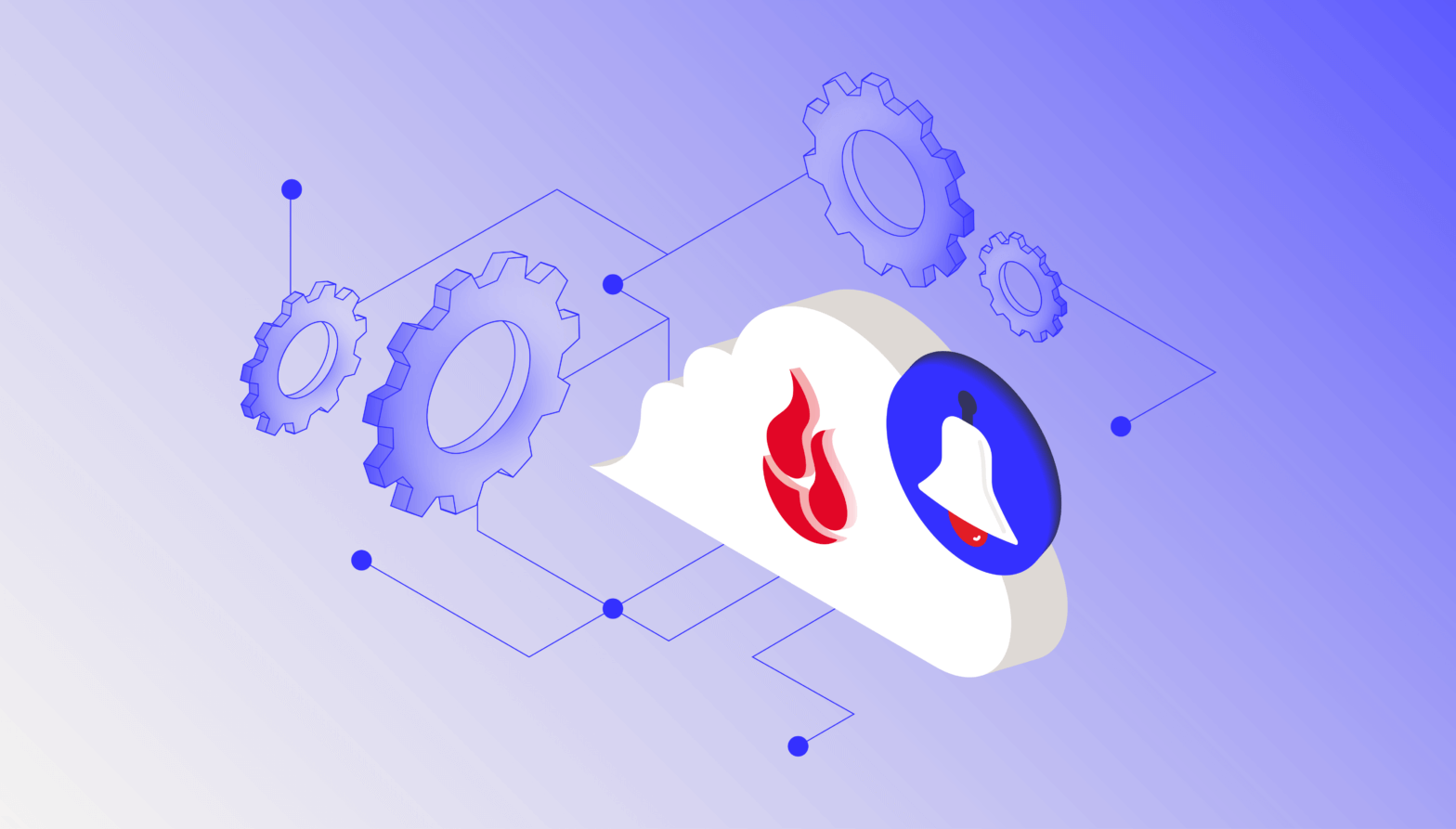One of the things we in the technology business are good at is coming up with names, phrases, euphemisms, and acronyms for the stuff that we create. The Cloud Storage market is no different, and we’d like to help by illuminating some of the cloud storage related terms that you might come across. We know this is just a start, so please feel free to add in your favorites in the comments section below and we’ll update this post accordingly.
Clouds
The cloud is really just a collection of purpose built servers. In a public cloud the servers are shared between multiple unrelated tenants. In a private cloud, the servers are dedicated to a single tenant or sometimes a group of related tenants. A public cloud is off-site, while a private cloud can be on-site or off-site – or on-prem or off-prem, if you prefer.
Both Sides Now: Hybrid Clouds
Speaking of on-prem and off-prem, there are Hybrid Clouds or Hybrid Data Clouds depending on what you need. Both are based on the idea that you extend your local resources (typically on-prem) to the cloud (typically off-prem) as needed. This extension is controlled by software that decides, based on rules you define, what needs to be done where.
A Hybrid Data Cloud is specific to data. For example, you can set up a rule that says all accounting files that have not been touched in the last year are automatically moved off-prem to cloud storage. The files are still available; they are just no longer stored on your local systems. The rules can be defined to fit an organization’s workflow and data retention policies.
A Hybrid Cloud is similar to a Hybrid Data Cloud except it also extends compute. For example, at the end of the quarter, you can spin up order processing application instances off-prem as needed to add to your on-prem capacity. Of course, determining where the transactional data used and created by these applications resides can be an interesting systems design challenge.
Clouds in my Coffee: Fog
Typically, public and private clouds live in large buildings called data centers. Full of servers, networking equipment, and clean air, data centers need lots of power, lots of networking bandwidth, and lots of space. This often limits where data centers are located. The further away you are from a data center, the longer it generally takes to get your data to and from there. This is known as latency. That’s where “Fog” comes in.
Fog is often referred to as clouds close to the ground. Fog, in our cloud world, is basically having a “little” data center near you. This can make data storage and even cloud based processing faster for everyone nearby. Data, and less so processing, can be transferred to/from the Fog to the Cloud when time is less a factor. Data could also be aggregated in the Fog and sent to the Cloud. For example, your electric meter could report its minute-by-minute status to the Fog for diagnostic purposes. Then once a day the aggregated data could be send to the power company’s Cloud for billing purposes.
Another term used in place of Fog is Edge, as in computing at the Edge. In either case, a given cloud (data center) usually has multiple Edges (little data centers) connected to it. The connection between the Edge and the Cloud is sometimes known as the middle-mile. The network in the middle-mile can be less robust than that required to support a stand-alone data center. For example, the middle-mile can use 1 Gbps lines, versus a data center, which would require multiple 10 Gbps lines.
Heavy Clouds No Rain: Data
We’re all aware that we are creating, processing, and storing data faster than ever before. All of this data is stored in either a structured or more likely an unstructured way. Databases and data warehouses are structured ways to store data, but a vast amount of data is unstructured – meaning the schema and data access requirements are not known until the data is queried. A large pool of unstructured data in a flat architecture can be referred to as a Data Lake.
A Data Lake is often created so we can perform some type of “big data” analysis. In an over simplified example, let’s extend the lake metaphor a bit and ask the question; “how many fish are in our lake?” To get an answer, we take a sufficient sample of our lake’s water (data), count the number of fish we find, and extrapolate based on the size of the lake to get an answer within a given confidence interval.
A Data Lake is usually found in the cloud, an excellent place to store large amounts of non-transactional data. Watch out as this can lead to our data having too much Data Gravity or being locked in the Hotel California. This could also create a Data Silo, thereby making a potential data Lift-and-Shift impossible. Let me explain:
- Data Gravity — Generally, the more data you collect in one spot, the harder it is to move. When you store data in a public cloud, you have to pay egress and/or network charges to download the data to another public cloud or even to your own on-premise systems. Some public cloud vendors charge a lot more than others, meaning that depending on your public cloud provider, your data could financially have a lot more gravity than you expected.
- Hotel California — This is like Data Gravity but to a lesser scale. Your data is in the Hotel California if, to paraphrase, “your data can check out any time you want, but it can never leave.” If the cost of downloading your data is limiting the things you want to do with that data, then your data is in the Hotel California. Data is generally most valuable when used, and with cloud storage that can include archived data. This assumes of course that the archived data is readily available, and affordable, to download. When considering a cloud storage project always figure in the cost of using your own data.
- Data Silo — Over the years, businesses have suffered from organizational silos as information is not shared between different groups, but instead needs to travel up to the top of the silo before it can be transferred to another silo. If your data is “trapped” in a given cloud by the cost it takes to share such data, then you may have a Data Silo, and that’s exactly opposite of what the cloud should do.
- Lift-and-Shift — This term is used to define the movement of data or applications from one data center to another or from on-prem to off-prem systems. The move generally occurs all at once and once everything is moved, systems are operational and data is available at the new location with few, if any, changes. If your data has too much gravity or is locked in a hotel, a data lift-and-shift may break the bank.
I Can See Clearly Now
Hopefully, the cloudy terms we’ve covered are well, less cloudy. As we mentioned in the beginning, our compilation is just a start, so please feel free to add in your favorite cloud term in the comments section below and we’ll update this post with your contributions. Keep your entries “clean,” and please no words or phrases that are really adverts for your company. Thanks.





